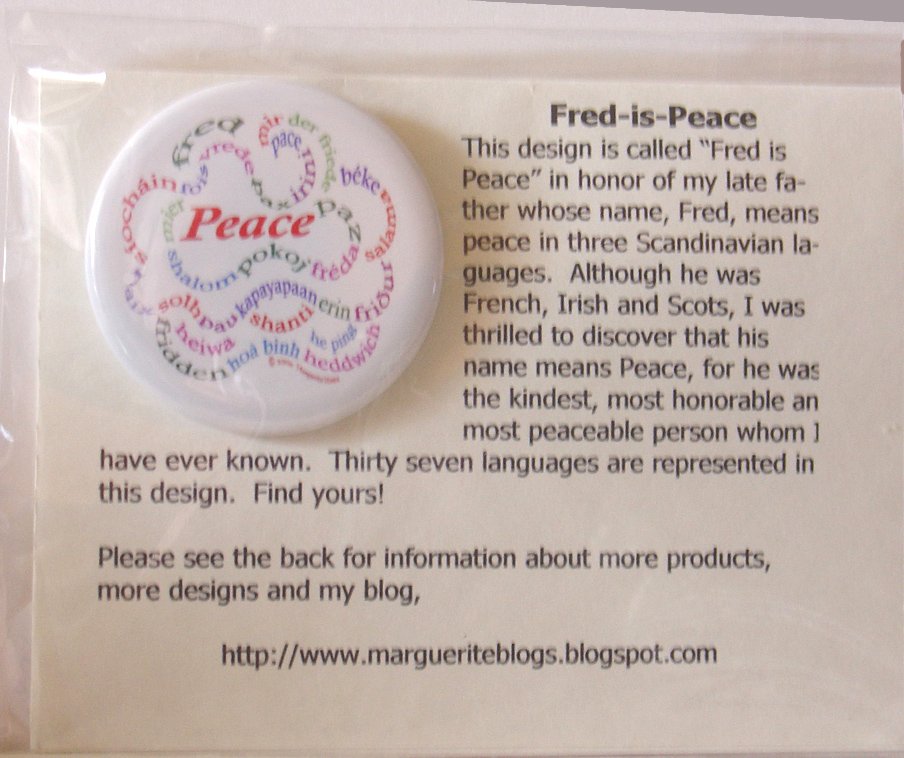I second the salvias. Pineapple sage (Salvia elegans) is my natural hummingbird feeder. White sage (Salvia apiana) is another; it is attractive to bees and is used in herbal medicine, responsibly sourced, since it is endangered now in the wild. Cleveland Sage, (Salvia clevelandii) is another one I love.. I also love Mexican Bush sage, (Salvia leucantha).
Also Mediterranean herbs, which I believe includes the salvias, do well in our mixed Mediterranean/desert climate. So for ornamentals lavender, (I especially like Lavandula angustifolia 'Hidcote'), grey santolina (Santolina chamaecyparissus) ,(probably all of the artemisas). For culinary use rosemary, (rosemarinus officialism), French Tarragon. (Artemisia dracanculus), Italian parsley , ThymeI second the salvias. Pineapple sage (Salvia elegans) is my natural hummingbird feeder. White sage (Salvia apiana) is another; it is attractive to bees and is used in herbal medicine, responsibly sourced, since it is scarce now, I understand in the wild. Cleveland Sage, (Salvia clevelandii) is another one I love.. I also love Mexican Bush sage, (Salvia leucantha).
Also Mediterranean herbs, which I believe includes the salvias, do well in our mixed Mediterranean/desert climate. So for ornamentals lavender, (I especially like Lavandula angustifolia 'Hidcote'), grey santolina (Santolina chamaecyparissus),(probably all of the artemisas). For culinary use rosemary, (rosemarinus officialism), French Tarragon. (Artemisia dracanculus, thyme (Thymus vulgaris), Parsley, (I like Italian Parsley, (Petroselinum crispum), oregano, (Origanum vulgare), its cousin Marjoram, (Origanum majorana), cilantro, (Coriandrum sativum), and basil,(Ocimum basilicum)..
Some of us can never have too much basil! Last year I had a really pretty Thai basil plant that the hummingbirds loved. In the past I have had purple basil because it is so pretty. I presently have a perennial basil plant that is now, I think, three years old, which flowers purple, but too strong to eat. More of a potpourri or perfumers herb..
For a tree I love my Hawthorne tree, a symbol of hope and this one has a story that bears that out. I was just reading about it last night, because I would love to find another one. It can live to be 400 years old! According to what I was reading, it is becoming endangered. It feeds the birds, and can be consumed by humans as well. Again it is used in herbal medicine. The one that I am looking for is Crataegus monogyna. If anyone knows a source I would be grateful.
I wish I had an elderberry tree (Sambucas nigra). The berries, dried and made into a tincture, are a proven remedy, scientifically demonstrated, as well as used for centuries worldwide for cold and the flu. Lozenges and a syrup are available commercially. I have been using both the lozenges and my own home made tincture for a number of years to supplement my annual flu shot. Good stuff, but checking the botanical name here to get the right one would be important, since there are toxic varieties as well as the beneficial one.
Sorry, to be so long-winded. I have just given away to all of you that I clearly spend way to much time "Googling" and reading on the internet. Also I have been growing, studying and using herbs on and off since the 1980’s.
, oregano.cilantro, and basil. Some of us can never have too much basil! Last year I had a really pretty Thai basil plant that the hummingbirds loved. In the past I have had purple basil because it is so pretty. I presently have a perennial basil plant that is now, I think, three years old, which flowers purple, but too strong to eat. More of a potpourri or perfumers herb..
For a tree I love my Hawthorne tree, a symbol of hope and this one has a story that bears that out. I was just reading about it last night, because I would love to find another one. It can live to be 400 years old! According to what I was reading, it is becoming endangered. It feeds the birds, and can be consumed by humans as well. Again it is used in herbal medicine. The one that I am looking for is Crataegus monogyna. If anyone knows a source I would be grateful.
I wish I had an elderberry tree (Sambucas nigra). The berries, dried and made into a tincture, are a proven remedy, scientifically demonstrated, as well as used for centuries worldwide for cold and the flu. Lozenges and a syrup are available commercially. I have been using both the lozenges and my own home made tincture for a number of years to supplement my annual flu shot. Good stuff, but checking the botanical name here to get the right one would be important, since there are toxic varieties as well as the beneficial one.
Sorry, to be so long-winded. I have just given away to all of you that I clearly spend way to much time "Googling" and reading on the internet.












.JPG)
.JPG)
.JPG)
.JPG)







